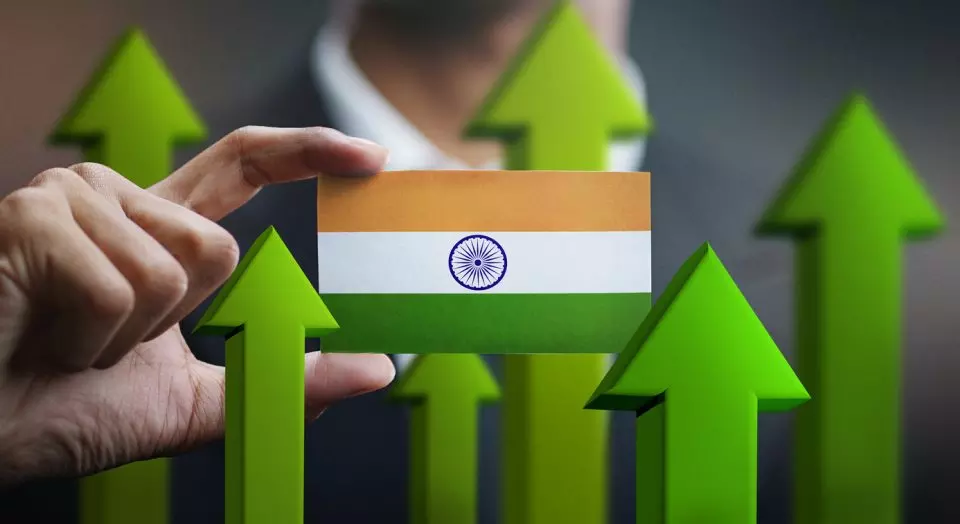
India can aspire to be $7 trillion economy by 2030: Finance ministry report
This robust economic outlook was shared in finance ministry's 'Indian Economy – A Review', which was released ahead of the Interim budget presentation by Nirmala Sitharaman

Even as the global economy is struggling to grow at more than 3 per cent, India has managed to surpass a 7 per cent expansion and is projected to potentially reach US $7 trillion by 2030.
This robust economic outlook was shared in the finance ministry's 'Indian Economy – A Review', which was released on January 30, ahead of the presentation of the Interim budget by finance minister Nirmala Sitharaman.
According to the review, India's “unwavering commitment” to ensure a steady economic growth is creating resources for investment needed for climate change challenges, to building resilience, and mitigating emissions.
Reasons for India's brisk ascent
Further, the report attributed India’s brisk economic ascent over the past decade to a surge in investments in public sector capital, a healthy financial sector and the strong growth in non-food credit growth.
The report emphasised how the reforms taken up to strengthen the financial sector helped to clean up the balance sheets of banks and corporates. This in turn made banks to resume lending to all sectors of the economy.
The introduction of the GST also helped to unify domestic markets which had positive outcomes. “The unification of the domestic markets brought in by the adoption of the GST has incentivised production on a larger scale, and enhanced economic efficiency while reducing logistics costs," said the report.
The agriculture sector too has shown tenacity and resilience in the face of a global health crisis and climate variability, claimed the report.
Digitisation of public infrastructure
The report lauded India’s rapid adoption of Digital Public Infrastructure (DPI), which has transformed the authentication ecosystem, and lowered the cost of conducting electronic Know Your Customer (e-KYC).
This digital transformation of Indian economy along with robust internet connectivity and smartphones, and growing urbanisation, has bolstered the country's e-commerce market, said the report, adding that this has made India the third-largest fintech economy globally after USA and the UK.
What is the Indian Economy - A Review?
'Indian Economy - A Review' is a 74-page document written by V Anantha Nageswaran, Chief Economic Adviser to the government, and his team of economists. Not to be mixed up with the Economic Survey, this document that takes stock of the state of the Indian economy and its journey in the last ten years.
Listing the challenges in front of the Indian economy, the CEA said in the report's preface that the “recent events in the Red Sea may have brought back concerns over reliance on global supply chains, further aggravating the slower growth in global trade in 2023.
It will not be easy to rely on exports to accelerate growth, he said. “Global economy is struggling to maintain recovery post-Covid because successive shocks have buffeted it. Supply chain disruptions have returned in 2024,” he said. The advent of AI and energy transition are two other key challenges in front of India.

